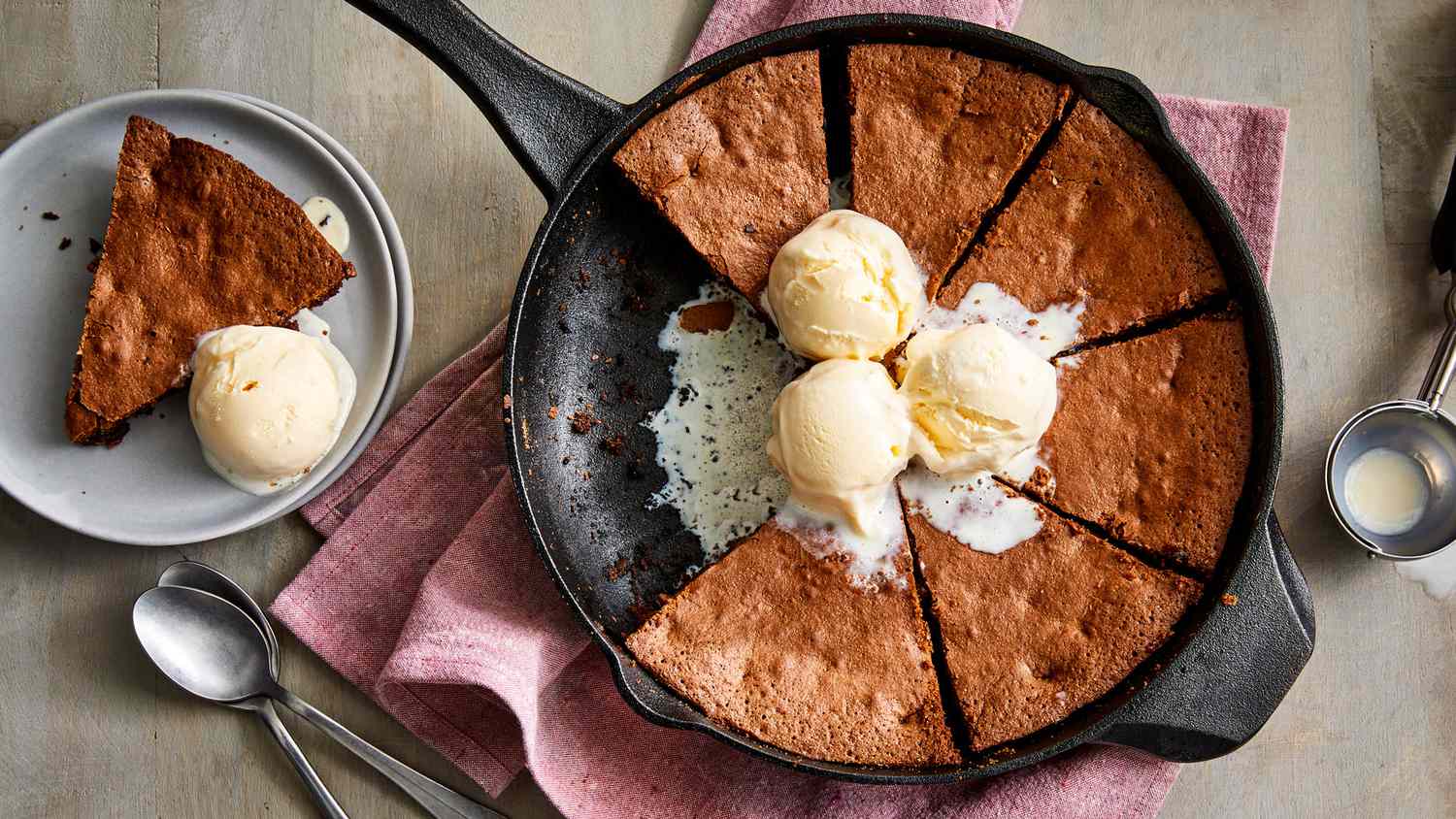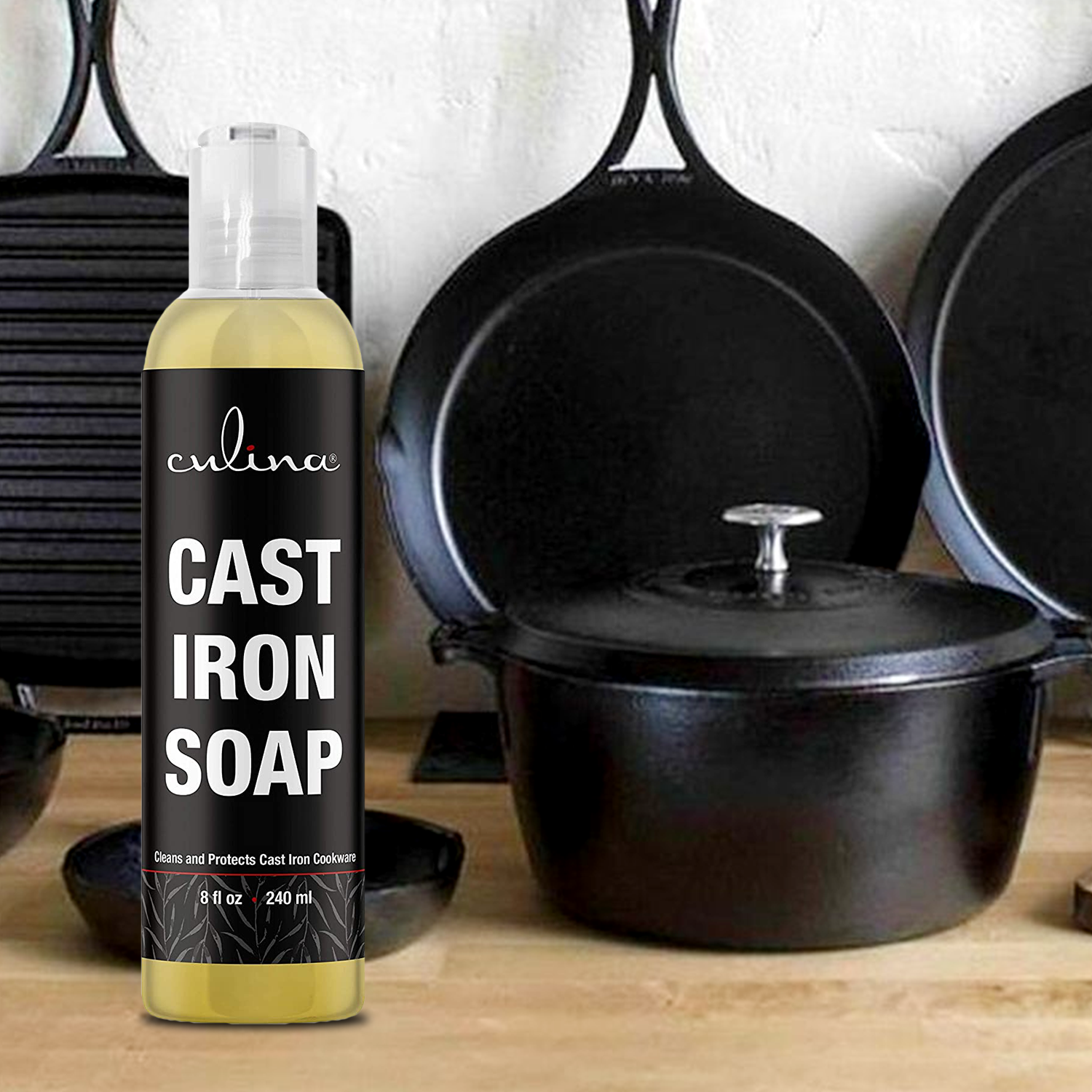Seasoning an enamel cast iron skillet can seem daunting, but with the correct steps and a bit of patience, you’ll be delighted with the results. Enamel cast iron cookware is cherished for its durability and heat retention, making it a favorite among chefs and home cooks. This comprehensive guide will walk you through the entire process of seasoning, ensuring your skillet remains in top-notch condition.

Understanding Enamel Cast Iron Skillets
What Is an Enamel Cast Iron Skillet?
An enamel cast iron skillet is a type of cookware that combines the heat retention properties of cast iron with a smooth enamel coating. This unique combination offers the benefits of cast iron without the need for traditional seasoning, which is essential for raw cast iron skillets.

Why Season an Enamel Cast Iron Skillet?
While the enamel coating of these skillets provides a measure of protection against rust and food sticking, seasoning can further enhance these properties. Seasoning creates a thin layer of polymerized oil on the surface, which can improve non-stick capabilities and prolong the lifespan of your cookware.
The Benefits of Seasoning
- Improved Non-Stick Surface: Seasoning helps prevent food from sticking, making cooking and cleaning easier.
- Enhanced Durability: A well-seasoned skillet is less prone to damage and rust.
- Superior Flavor: Seasoned skillets can enhance the flavor of the food, providing a richer culinary experience.

Preparation Steps
Cleaning the Skillet
Before you begin the seasoning process, ensure that your skillet is clean. Use a gentle dish soap and warm water to remove any residue. For stubborn spots, a baking soda paste can be effective. Rinse thoroughly and dry with a soft cloth.
Choosing the Right Oil
Selecting the right oil is crucial for effective seasoning. Flaxseed oil is a popular choice due to its high smoke point and polymerization properties. Grapeseed oil and vegetable oil are also good alternatives.
Step-by-Step Seasoning Process
1. Preheat Your Oven
Preheat your oven to 450F (232C). This high temperature helps the oil bond to the enamel surface, creating a durable non-stick layer.
2. Apply a Thin Layer of Oil
Using a paper towel or soft cloth, apply a thin layer of your chosen oil to the entire inner surface of the skillet. Be sure to cover any exposed areas of the rim as well.
3. Bake the Skillet
Place the skillet upside down on the middle oven rack. This allows excess oil to drip off. Bake for 1 hour. It’s a good idea to place a sheet of aluminum foil on the rack below to catch any drips.
4. Cool Down
After baking, turn off the oven and let the skillet cool inside. This gradual cooling process helps the coating set properly.
Maintenance Tips
Regular Cleaning
To maintain the seasoning, avoid using harsh detergents or abrasive scrubbers. Instead, opt for gentle cleaning methods. For more information, check out this detailed guide on cleaning greasy cast iron.
Reapplying Seasoning
Over time, the seasoning may wear off, especially if the skillet is frequently washed. Reapply the seasoning periodically to keep it in optimal condition.
FAQs
Why is my enamel cast iron skillet sticky after seasoning?
A sticky residue typically indicates too much oil was used during the seasoning process. Repeat the seasoning steps with a thinner layer of oil.
Can I use my enamel cast iron skillet immediately after seasoning?
Yes, you can use your skillet immediately after it has cooled down from the seasoning process. It will be ready to cook with enhanced non-stick properties.
How often should I re-season my enamel cast iron skillet?
Re-season your skillet every few months or whenever you notice food starting to stick more than usual. Regular maintenance will prolong the life and performance of your cookware.
For more delightful skillet recipes, visit Food.com.
As an Amazon Associate, I earn from qualifying purchases.
As an Amazon Associate, I earn from qualifying purchases.
